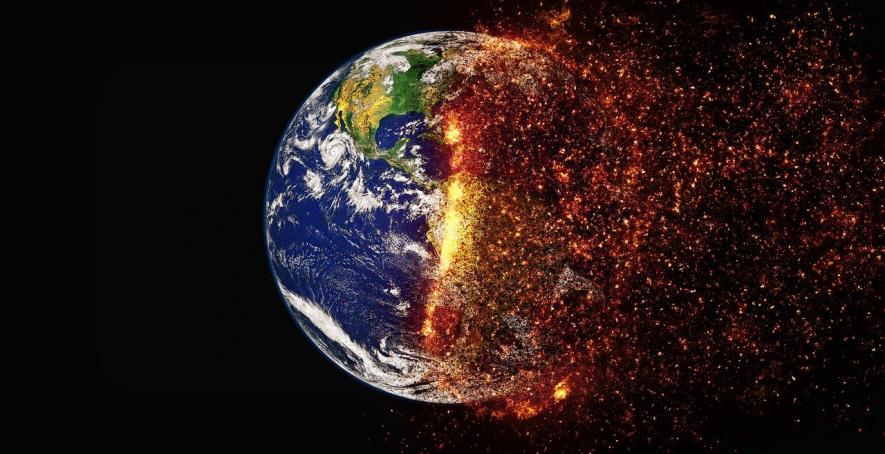Warming ocean waters have caused a drop Dimmed in the brightness of the Earth, according to a study which found that our planet is now
reflecting about half a watt less light per square metre than it was 20 years ago.
Scientists have always found it difficult to understand how they’d react to climate change, which in turn made it difficult for them to
predict future climate. However, the new study highlights that the reflectivity hinges on the properties of clouds over the Pacific Ocean.
While it may not seem significant considering Earth reflects about 30% of the light it receives, much of the drop in reflectance has Dimmed “accelerated in the most recent years.”

Climate change is making Earth Dimmed
“The albedo drop was such a surprise to us when we analyzed the last three years of data after 17 years of nearly flat albedo,”
Philip Goode, a researcher at New Jersey Institute of Technology and lead author of the study, said in a statement.
Different elements of our planets reflect light differently. For instance, oceans don’t reflect light as much, land reflects twice
as much light as the oceans. However it’s the clouds that reflect almost half the sunlight that they come in contact with. Snow and ice
on the other hand reflect the majority of the light on our planet.
Two things affect the net sunlight reaching the Earth: the Sun’s brightness and the planet’s reflectivity. The changes in Earth’s
albedo observed by the researchers did not correlate with periodic changes in the Sun’s brightness blackened, so that means changes
in Earth’s reflectiveness are caused by something on the Earth.
Specifically, there has been a reduction of bright, reflective low-lying clouds over the eastern Pacific Ocean in the most
recent years, according to satellite measurements made as part of NASA’s Clouds and the Earth’s Radiant Energy System
(CERES) project.
That’s the same area, off the west coasts of North and South America, where increases in sea surface temperatures have
been recorded because of the reversal of a climatic condition called the Pacific Decadal Oscillation, with likely connections to
global climate change.











